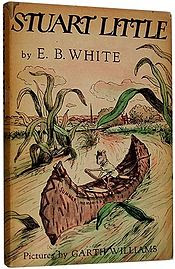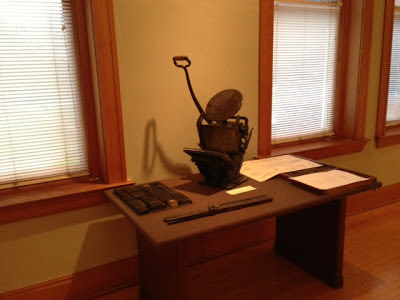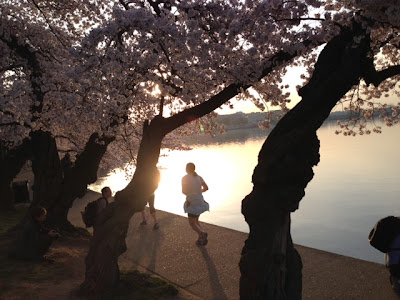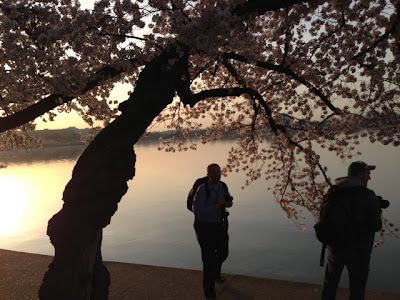Brown Study
In Victorian novels characters are apt to be caught in a brown study. It’s a state of deep thought, a reverie, perhaps with a slightly gloomy cast, though more abstracted than anything else.
I put the phrase “brown study” in the same category as “wool gathering” — though the latter means indulging in idle fantasies or daydreams. It’s less furrowing of the brow and more staring at the clouds.
Both conditions have a certain fuzziness about them, though; both connote a cocoon of thought, whether stimulating or soothing.
Both are lovely, fanciful ways of taking leave — even if just momentarily — of the here and now.






